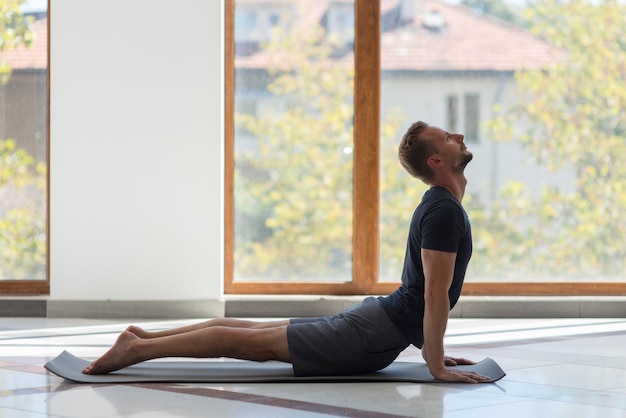When it comes to improving sleep and managing back pain, not all exercise is created equal. For people juggling real-life schedules, dealing with chronic discomfort, or simply looking for low-impact ways to feel better at night, the choice between walking and jogging can make a big difference. Both are accessible, require minimal gear, and can be done almost anywhere—but which one supports better sleep and is kinder on the back?

Research consistently shows that physical activity improves sleep quality. A study published in The New York Times found that middle-aged adults who walked around 7,000 steps a day experienced better sleep patterns—and even small increases in daily steps were linked to longer, deeper sleep.
But not all exercise is equally effective. Gentle, low-impact activities like walking, yoga, and tai chi have been highlighted in multiple studies—including a recent meta-analysis—as being particularly helpful for people struggling with insomnia. These forms of movement reduce stress, regulate circadian rhythms, and promote relaxation without overstimulating the body.
Walking stands out as one of the most accessible and sustainable forms of exercise. It requires no special equipment, fits easily into daily routines (think walking to work, during lunch, or after dinner), and is gentle on joints and the spine.
For individuals with lower back pain, walking is often recommended over higher-impact activities. According to research cited by The New York Times, physical activity—including walking—has been linked to better outcomes for back pain sufferers. The rhythmic motion helps improve blood flow to spinal tissues, reduces stiffness, and strengthens core and postural muscles over time—without the jarring impact of running.

Jogging burns more calories in less time and can boost cardiovascular fitness quickly. However, it places significantly more stress on the body—especially the spine, hips, knees, and ankles. For people with existing back pain, this added impact can aggravate symptoms or lead to overuse injuries.
While jogging can also improve sleep by increasing endorphins and reducing anxiety, it may not be ideal in the evening for some. Vigorous exercise too close to bedtime can raise core body temperature and stimulate the nervous system, potentially delaying sleep onset—especially in sensitive individuals.
What if you could get the cardiovascular benefits of jogging without the joint strain? Enter incline walking. Walking uphill or on a treadmill with an incline increases heart rate, calorie burn, and muscle engagement—particularly in the glutes, hamstrings, and core—while remaining low-impact.
One trainer noted that incline walking can require more energy than flat jogging and elevate the heart rate just as effectively, making it a joint-friendly alternative. For people with back pain, this form of exercise strengthens stabilizing muscles without the pounding associated with running.
One of the biggest advantages of walking is its flexibility. A 20-minute walk after dinner, a brisk morning loop around the neighborhood, or even pacing during phone calls can add up. Unlike jogging, which may require specific footwear, recovery time, or a certain fitness level, walking is truly built for real life.
And because it’s so easy to maintain consistently, walking supports long-term sleep improvements. Consistency matters more than intensity when it comes to sleep—regular, moderate activity is more effective than sporadic, intense workouts.
When it comes to improving sleep and supporting back health, walking emerges as the clear winner for most people. It’s gentle, effective, and sustainable—exactly what’s needed for long-term wellness. While jogging has its place, it’s not always the best fit for those with back pain or sleep issues.
The best exercise is the one you can do consistently, without pain, and that fits your life. For most, that’s a daily walk—rain or shine.

Wellness

Wellness

Wellness

Wellness

Wellness

Wellness

Wellness

Wellness

Fitness

Fitness

Wellness

Health

Health

Fitness

Health

Health